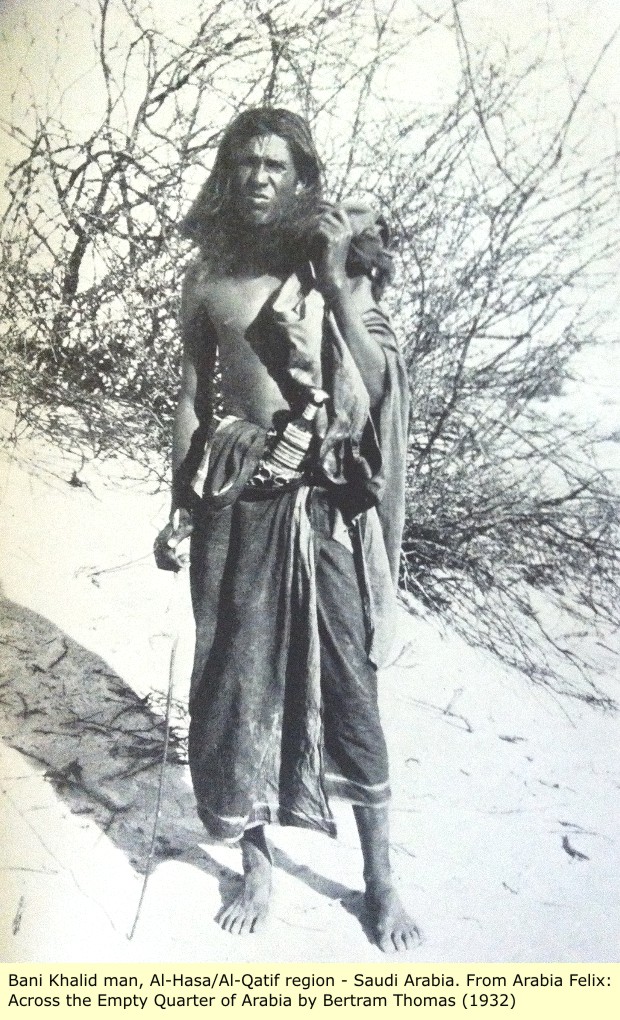Originally posted by the lioness,:
quote:You are correct there is no escaping it.
Originally posted by Tukuler:
The book is Astronomica and you see no cosmic significance?
The forms and colours of peoples of the human race are due
to the Zodiac's influence. This is clear from the phrase "For this reason..."
Stop being obtuse it ill becomes you.
Mauretanians at the end of the "dark" listing are noted
as being self-named by the colour of their skin μαύρος
i.e., black, and they were the lightest of the darks.
There's no escaping it and you can't cover it up.
Below examples of 'darks' as you call them or 'blacks'
people of 'medium tone' as Manilius described the Egyptians
the land of Egypt, flooded by the Nile, darkens bodies more mildly
owing to the inundation of its fields: it it a country nearer to us and its
moderate climate imparts a medium tone.


As we see Will Smith is slightly lighter, he might correspond to the people Manilius described as lighter in skin complexion than the "medium tone" Egyptians, the 'Moors' or Mauri
(Credit to Doug for Black Korean)

![[Big Grin]](biggrin.gif)





![[Wink]](wink.gif)



![[Embarrassed]](redface.gif)




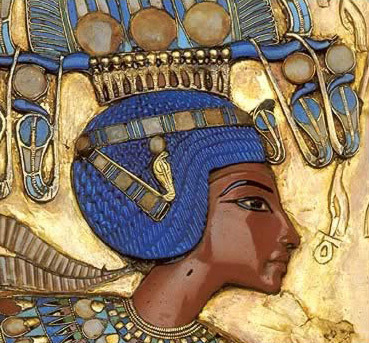


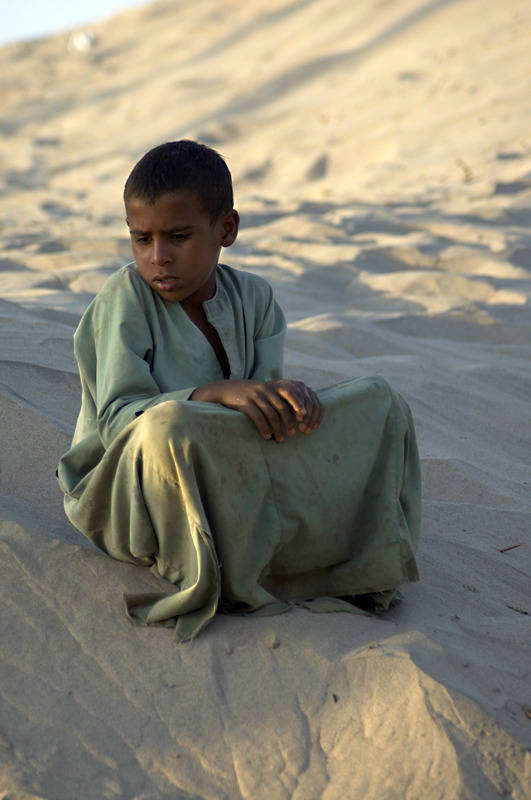

![[Roll Eyes]](rolleyes.gif)


















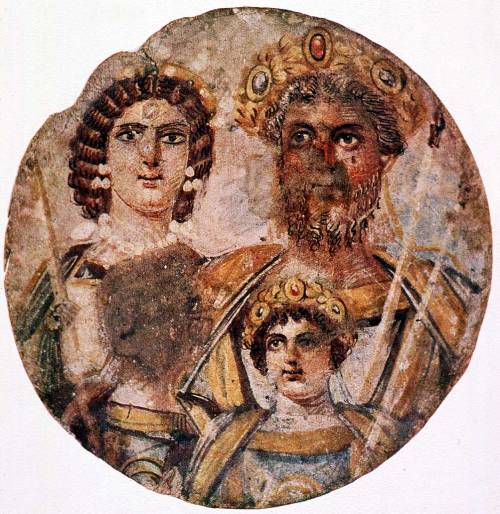








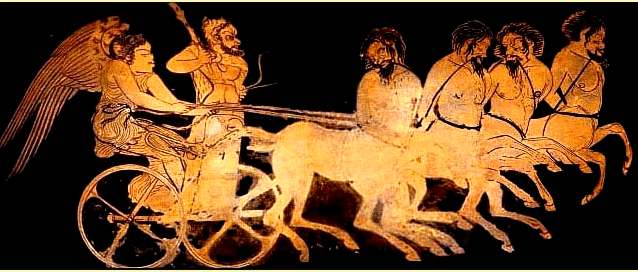





































































![[Cool]](cool.gif)
![[Razz]](tongue.gif) )
)

![[Frown]](frown.gif) Sorry, I didn't mean you speak
Sorry, I didn't mean you speak















